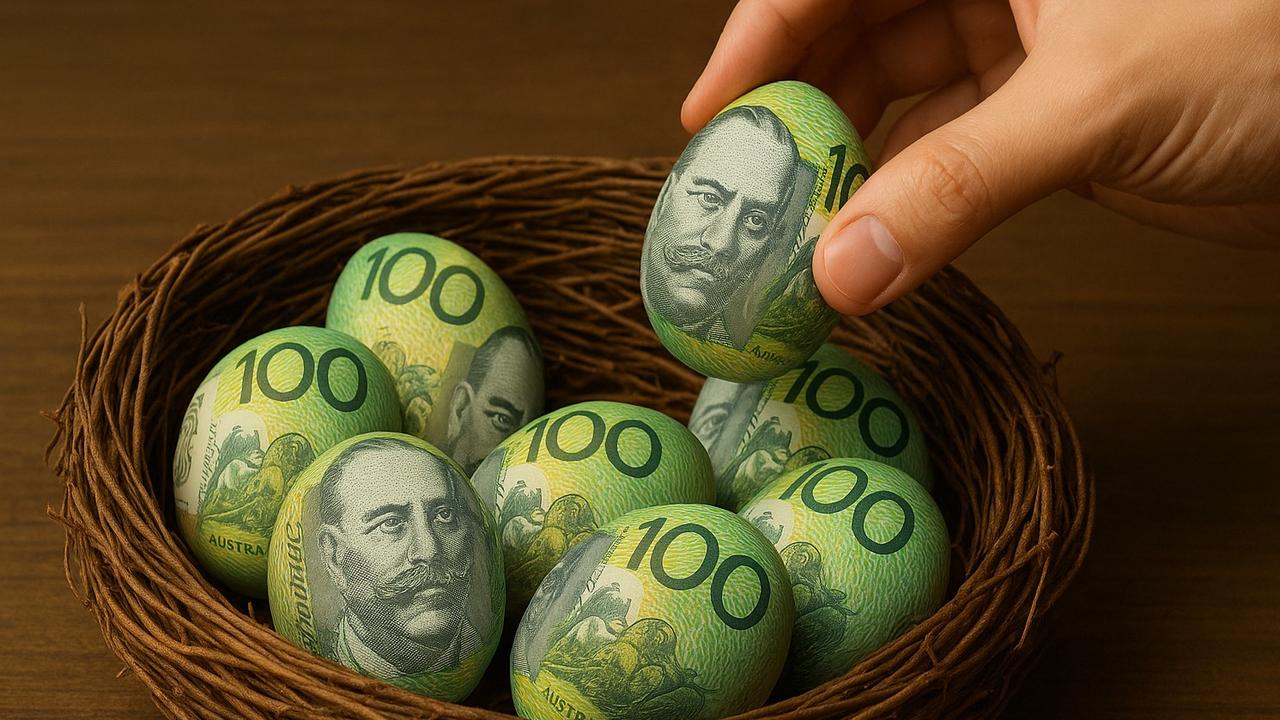Clearing the fog around cashflow
Cash and cash flow on everyone's mind
WITH the federal budget and an opportunity to win $70 million falling in the same week, everyone has been thinking about cash and cashflow.
But as an investor and reader of The Weekend Australian it is likelier you will be winner through reading this column than from any handout or lottery.
I have previously explained how to identify a truly extraordinary business, how to avoid the landmines of companies that exist to permanently impair your capital, and how to value a company so you can see clearly whether the shares are cheap or expensive.
Another piece of the puzzle is cashflow, which is important because accountants are the most creative people in the world. Of particular note is their invention of depreciation. This little stroke of the pen can make a company that makes no economic profit look like a great investment: think airlines.
Depreciation is supposed to be an estimate of the cost of wear and tear on capital equipment, but it often understates the true cost of eventually replacing that equipment. For an airline, the depreciation expense is too low to reflect the true cost of running the business. On the other hand, depreciation is based on the notion that eventually an asset is worthless. For a company such as toll road operator Transurban, that's just silly. The roads cost a great deal less to maintain than the depreciation charge would have you believe.
The accounting profit a company reports may or may not look anything like the cash profit it generates. And it is cash that makes good things happen. Only from cash can dividends be paid, shares be bought back and capital returned.
When we buy shares for the Montgomery (Private) Fund, we prefer companies generating solid cashflow, and for industrial companies there's a simple way to work out if it is doing that.
Suppose you owned a business and ran it for a year. It started with $1m cash in its bank account and ended with $2.5m in the bank. How much money did it make? If you said $1.5m, you would be right.
Now what if I told you that the business also borrowed $1.5m and deposited the money in its bank account? The business operations didn't make any money at all. They broke even.
Now suppose I told you that during the year the business paid you a dividend of $1m. We also know that if the owner hadn't received a $1m dividend, the bank account would be $1m higher. So the business actually made $1m.
Finally, what if I told you that the business also raised $2m from shareholders? That money was put into the bank account but, adjusted for the dividend that was paid, the bank account went up by only $1m. Therefore the business actually lost $1m.
If I then told you that every year from 2002 until its collapse five years later, ABC Learning Centres generated a cashflow loss using this method, you may see how useful this calculation can be for investors.
Roger Montgomery is the founder of Montgomery Investment Management and author of Value.able: How to Value the Best Stocks and Buy Them for Less Than They're Worth, available at www.rogermontgomery.com.



